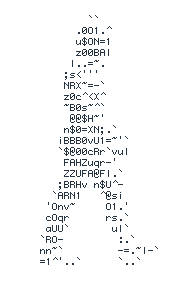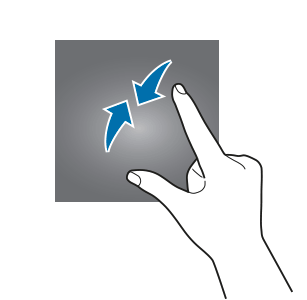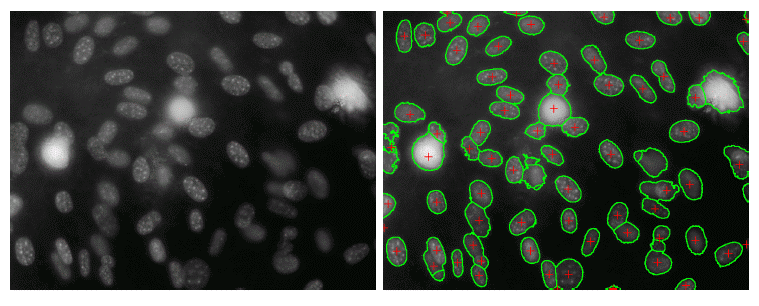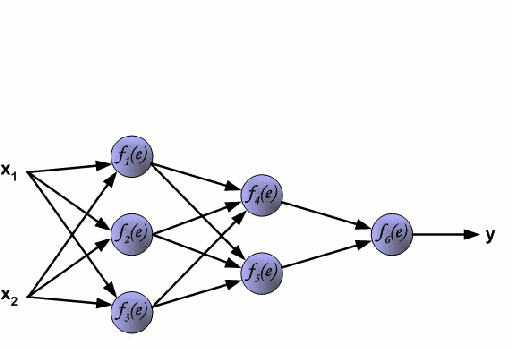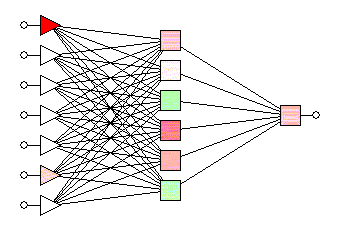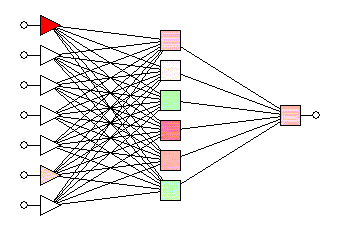Retrieving images from large and varied repositories using visual contents has been one of major research items, but a challenging task in the image management community. In this paper we present an efficient approach for region-based image classification and retrieval using a fast multi-level neural network model. The advantages of this neural model in image classification and retrieval domain will ...
Read more



